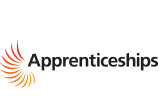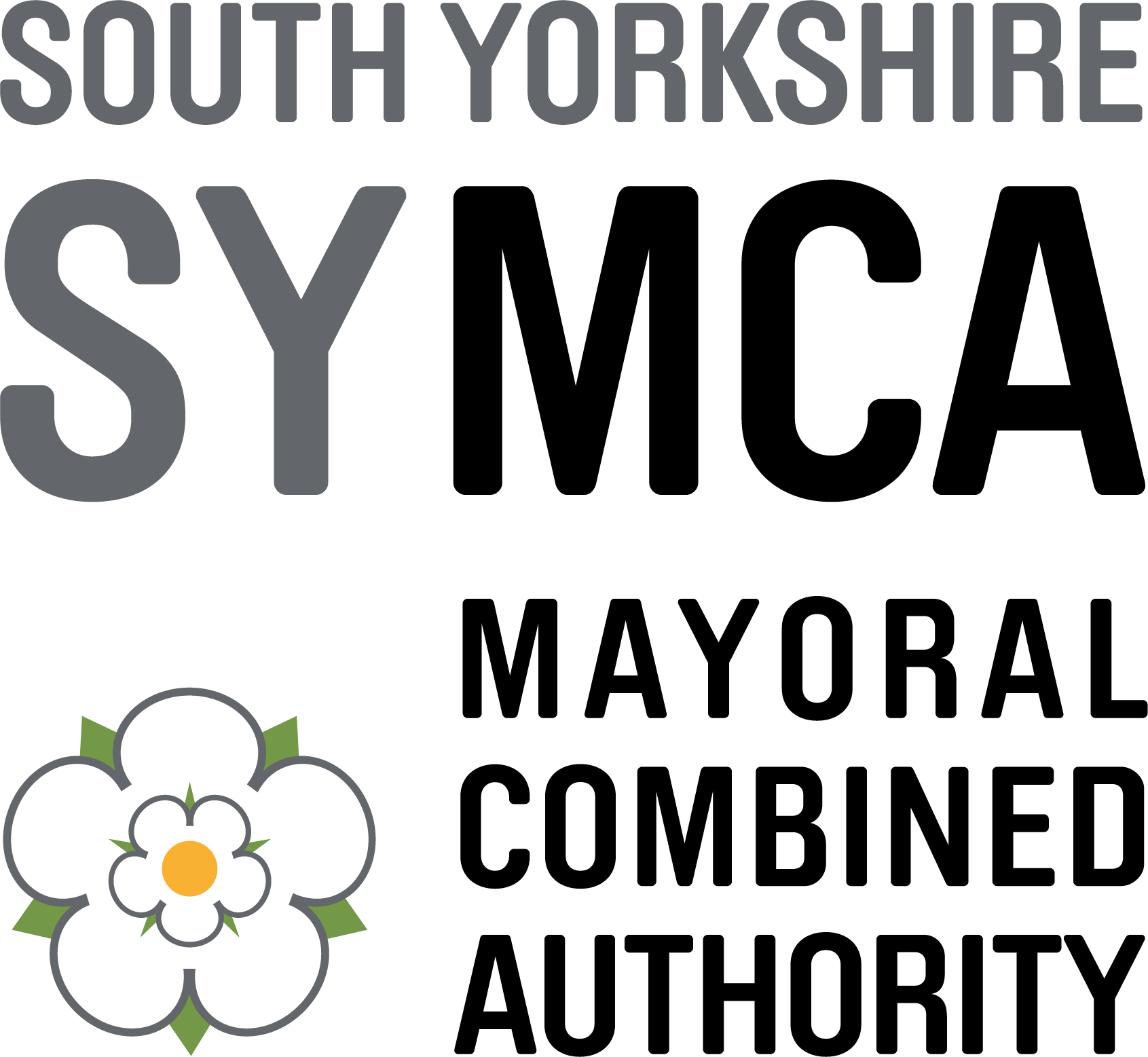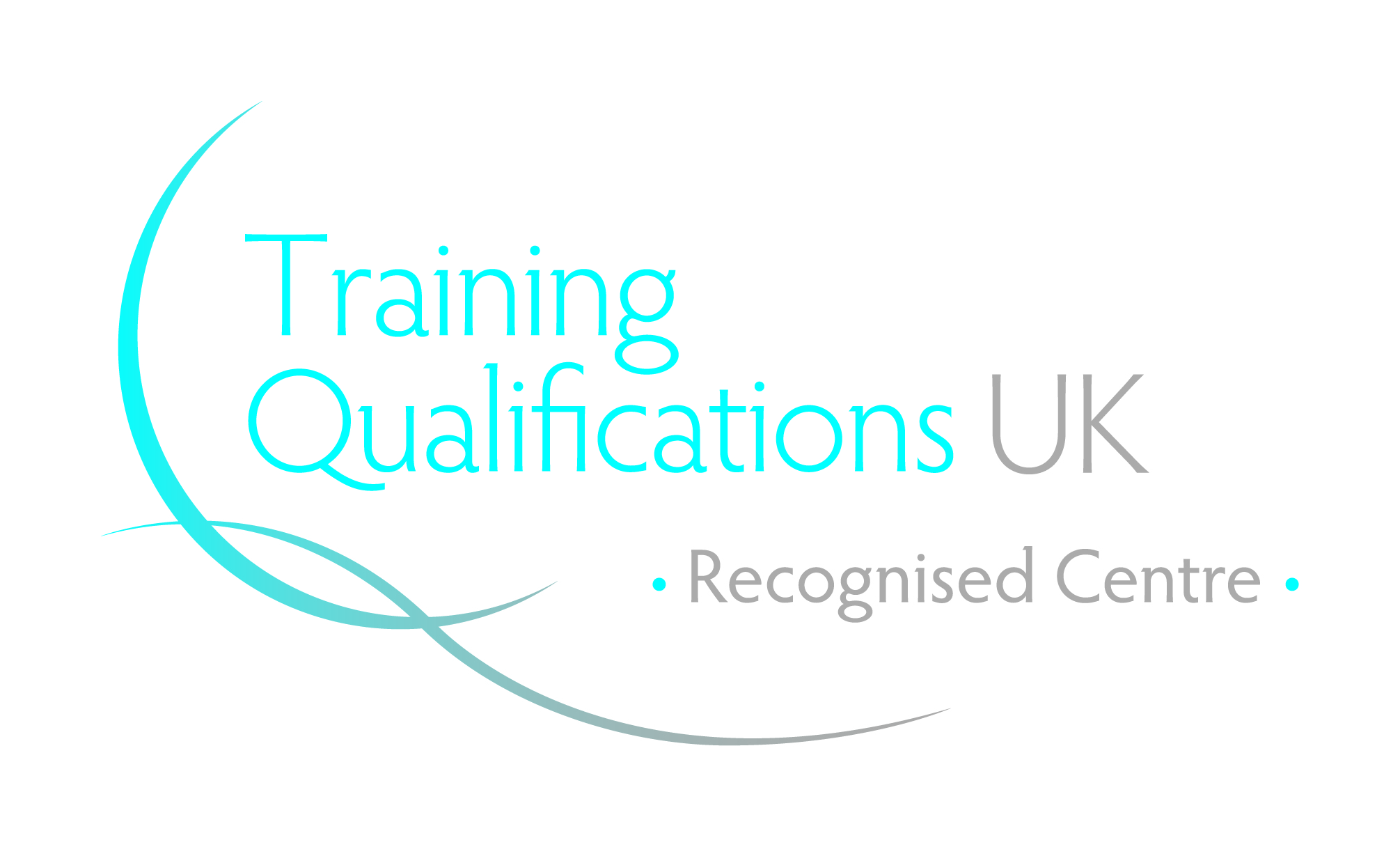The Level 2 Welder Apprenticeship is designed for individuals who want to develop their skills in welding metals using various arc welding processes. This apprenticeship is suitable for those who are new to welding or have some basic experience and want to gain formal qualifications and practical experience.
Welders work in various industries, including aerospace, construction, defence, mining, marine, and structural engineering, contributing significantly to the UK economy by creating and repairing engineered goods and assets. They can be employed by businesses of all sizes, from small companies to large multinational corporations, and work in diverse environments such as fabrication shops, assembly yards, construction sites, factories, and operational facilities requiring maintenance and upgrades. Welders may be hired by supply chain companies, direct owners, or operators. Their responsibilities include producing welds using both manual and mechanised arc welding processes, with proficiency in at least two welding process and material combinations, including one manual welding process.
You can start this apprenticeship at any time.
On the Level 2 Welder Apprenticeship, you will learn the following skills, knowledge and behaviours needed to be a level 2 qualified welder.
Knowledge
- Awareness of health and safety regulations, standards, and guidance, including CoSHH, fire safety, Health and Safety at Work Act, safety equipment, signage, slips, trips, falls, confined spaces, working at height, and manual handling.
- Safe systems of work, hazards and risks, isolation and emergency stop procedures, situational awareness.
- Material properties for welded materials: carbon steels, austenitic stainless steels, duplex stainless steels, nickel and nickel alloys, aluminium and aluminium alloys, titanium and titanium alloys, copper and copper alloys, and associated heat treatments.
- Welding power sources: inverter, rectifier, transformer, alternating and direct currents, positive and negative polarities.
- Ancillary equipment: cabling and their assembly, interconnecting communications cables, torches, and tongs.
- Welding gases and equipment: cylinder colours, regulators, storage.
- Manual and mechanised welding processes and techniques.
- Welding positions and progressions.
- Welded joints: types, preparation, permanent and temporary backing.
- Technical documentation requirements: job specifications, drawings, manufacturer’s instructions and manuals, quality documents.
- Material preparation and removal methods using both powered and non-powered tools.
- Control of weld settings.
- Weld visual inspection, dimensional tolerances, and alignment of the welded component.
- Causes and prevention of welding defects and distortion.
- Common faults and issues within the welding environment, problem-solving techniques.
- Verbal communication techniques.
- Equity, diversity, and inclusion in the workplace.
- Impact of the activity on the environment, efficient use of resources, recycling, re-use, and efficient disposal of waste.
- Principles of good team working.
- Non-destructive testing (NDT).
- Personal protective equipment (PPE).
- Principles and practices of restoring the work area on completion of welding.
Skills
- Apply health and safety procedures, including the use of personal protective equipment (PPE).
- Collect and use information - text and data, such as manufacturer’s instructions, manuals, job instructions, drawings, and quality control documentation.
- Prepare welding materials and work area: sourcing, checking, and protecting.
- Prepare welding machines or equipment and safety protection measures, for example, check calibration and maintenance dates, inspection for cable damage.
- Check and use or operate tools and equipment.
- Set, modify, and monitor welding controls, for example, current, arc voltage, wire feed speed, gas flow rates, polarity, mechanised tractor units.
- Identify issues and actions required, escalate issues or concerns.
- Use manual processes and equipment to remove material before and after welding.
- Weld using processes, for example, tungsten inert gas (TIG), plasma arc welding (PAW), manual metal arc (MMA), metal inert or metal active gas (MIG or MAG), flux cored arc welding (FCAW), submerged arc welding (SAW), tractor-mounted metal inert or metal active gas (MIG or MAG), tractor-mounted flux cored arc welding (FCAW), tractor-mounted or orbital tungsten inert gas (TIG), tractor-mounted or orbital plasma arc welding (PAW).
- Adapt welding technique to weld different material groups, for example, carbon steel, low alloy steel (3-7% alloy content), high alloy ferritic or martensitic steel (>7% alloy content), austenitic stainless steel, duplex stainless steels, nickel and nickel alloys, aluminium and aluminium alloys, titanium and titanium alloys, copper and copper alloys.
- Weld materials in different joint configurations, for example, butt, T-butt, fillet, cladding, or buttering.
- Adapt welding techniques to weld materials in different positions, for example, down-hand, horizontal-vertical, horizontal, vertical-up, vertical-down, overhead, inclined.
- Identify surface defects.
- Apply visual inspection, dimensional, and alignment checks.
- Restore the work area on completion of the welding activity, for example, clean equipment and machinery, tidy the work area, return excess resources and consumables.
- Communicate verbally with others, for example, internal and external customers, colleagues, supervisors, and managers.
- Follow procedures in line with environmental and sustainability regulations, standards, and guidance. Segregate resources for re-use, recycling, and disposal.
- Follow equity, diversity, and inclusion procedures.
- Follow work instructions - verbal or written.
- Apply team working principles.
Behaviours
- Puts health and safety first.
- Considers the impact on the environment when using resources and carrying out work.
- Takes ownership of given work.
- Adapts to changing requests.
On successful completion, you will achieve a Welder Level 2 Apprenticeship.
You must have a GCSE grade A*-C or 4-9 in GCSE maths and English.
Functional Skills is no longer a mandated requirement for apprentices aged 19 or above. However, some programmes may have minimum entry level requirements for English and maths due to the nature of the programme.
All learning will be completed at the apprentices workplace.
There is no fee for the learner. For information on costs to the employer, please contact us.
T. 0161 876 3300
E. gmskillcentre@gceducationandskills.ac.uk










